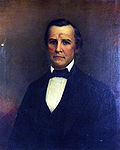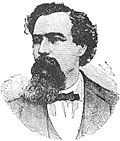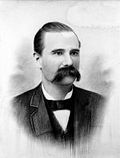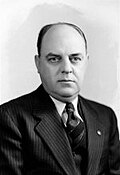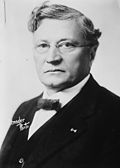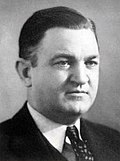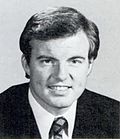| Governor of Arkansas | |
|---|---|
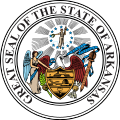 | |
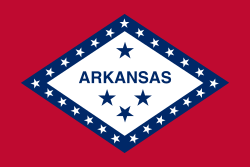 | |
| Government of Arkansas | |
| Style |
|
| Status | Head of Government |
| Residence | Arkansas Governor's Mansion |
| Seat | State Capitol, Little Rock, Arkansas |
| Term length | Four years, renewable once |
| Constituting instrument | Constitution of Arkansas |
| Precursor | Governor of Arkansas Territory |
| Inaugural holder | James Sevier Conway |
| Formation | September 13, 1836 |
| Succession | Line of succession |
| Deputy | Lieutenant Governor of Arkansas |
| Salary | $158,739 (2022) [1] |
| Website | governor |
The governor of Arkansas is the head of government of the U.S. state of Arkansas. The governor is the head of the executive branch of the Arkansas government and is charged with enforcing state laws. They have the power to either approve or veto bills passed by the Arkansas General Assembly, to convene the legislature, and to grant pardons, except in cases of treason and impeachment. [2]
Contents
- List of governors
- Arkansas Territory
- State of Arkansas
- Timeline
- See also
- Notes
- References
- External links
The state has had 46 elected governors, as well as 11 acting governors who assumed powers and duties following the resignation or death of the governor. Before becoming a state, Arkansas Territory had four governors appointed to it by the president of the United States. Orval Faubus (1955–1967) served the longest term as governor, being elected six times to serve 12 years. Bill Clinton (1979–1981; 1983–1992), elected five times over two distinct terms, fell only one month short of 12 years, and Mike Huckabee (1996–2007) served 10 years for two full four-year terms. The shortest term for an elected governor was the 38 days served by John Sebastian Little before his nervous breakdown; one of the acting successors to his term, Jesse M. Martin, took office only three days before the end of the term, the shortest term overall.
The current governor of Arkansas is Republican Sarah Huckabee Sanders, who was sworn in on January 10, 2023.






